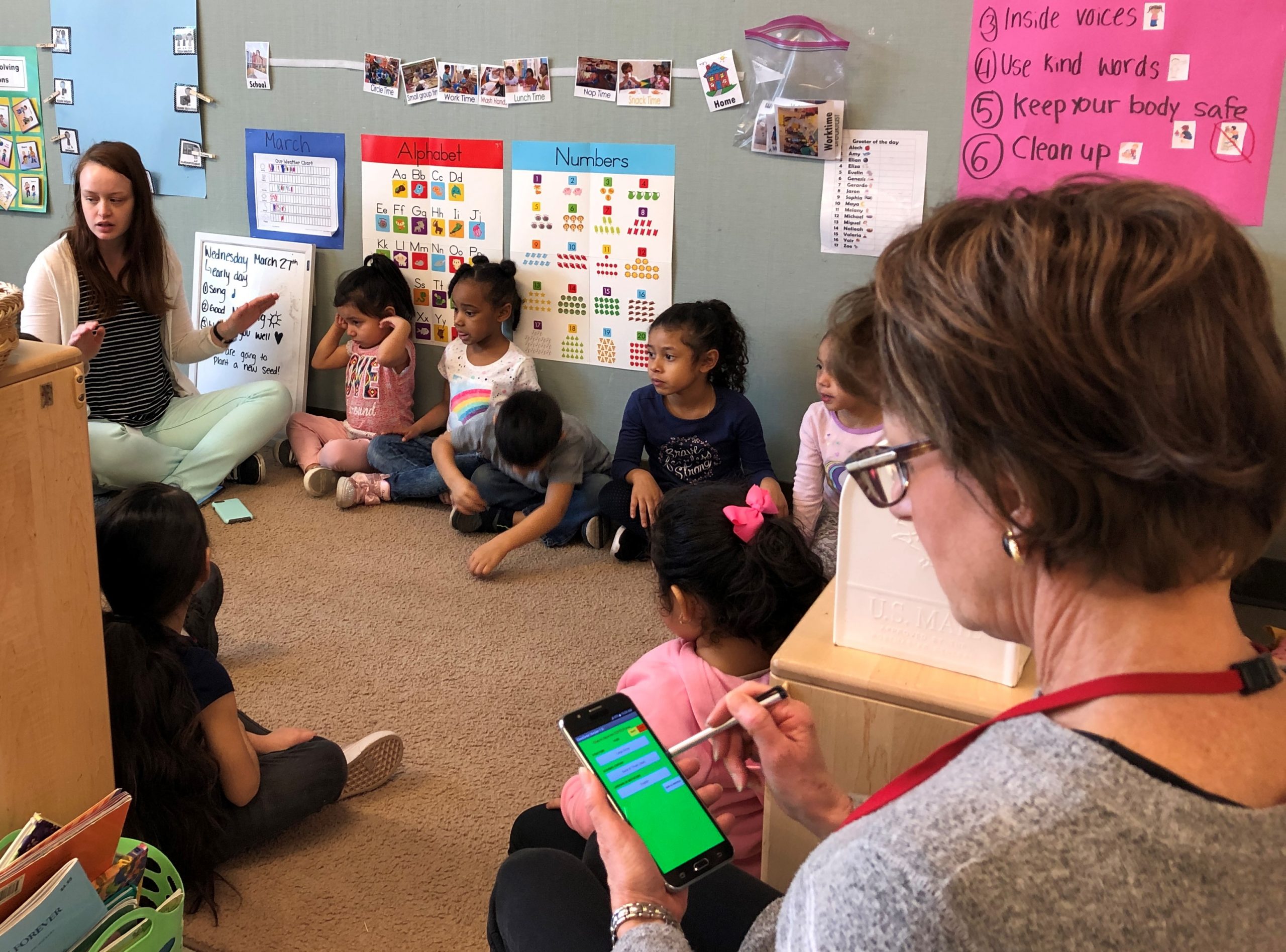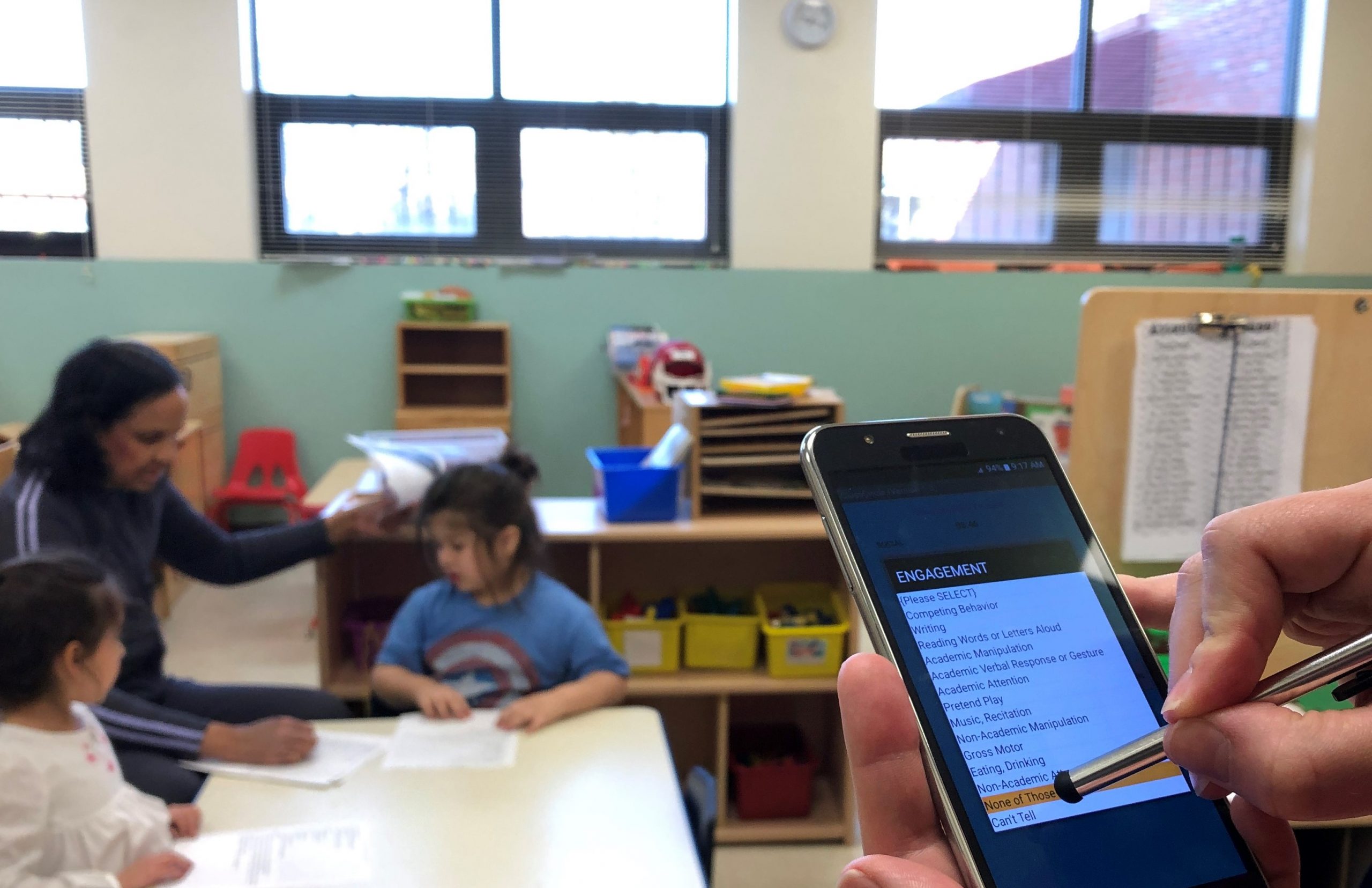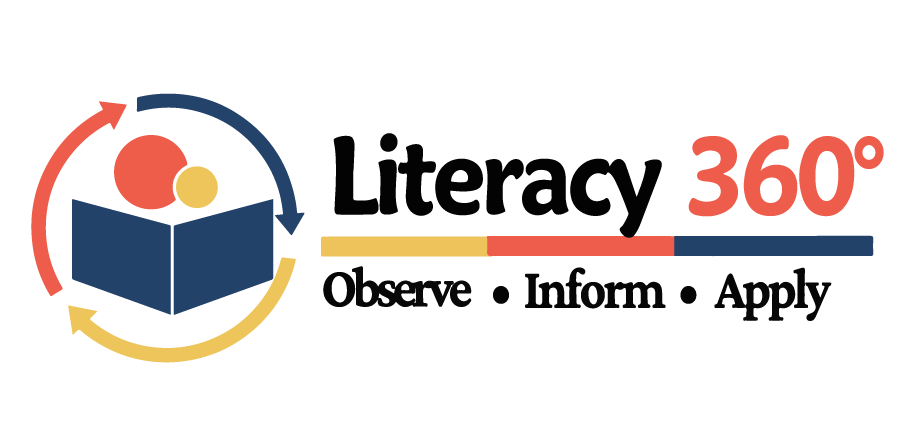Literacy 360°
What is Literacy 360°?
Literacy 360° is an evidenced-based approach aimed at helping preschool teachers better understand how much literacy support they providing to individual children and, in turn, allows them to change instruction for children who are unresponsive to existing classroom learning contexts. Literacy 360° uses the CIRCLE device (Code for Interactive Recording of Children’s Learning Environments), a hand-held, live observational tool, to capture the literacy learning environment for specific children.
What is the Purpose of the Current Project?
The current project is focused on documenting validity of the Code for Interactive Recording of Children’s Learning Environments (CIRCLE; version 2.0) in order to:
- Produce decision-making benchmarks
- Examining the effect of child home language and disability statues on literacy outcomes
- Investigating cross-validation/replicability across time-displaced samples
The project will develop new procedures for using CIRCLE information in a Tune-up Checklist for teachers, coaches, and multi-tier system of supports (MTSS) team leaders to assist in making more precise intervention decisions and fidelity of intervention implementation.
What Need Does Literacy 360° Serve?
Literacy 360° removes guesswork in understanding why an individual child is not making progress in the curriculum provided and the likely best course of action to help the child improve. An MTSS team member, coach, or consultant, makes the observations, reviews the results, and shares them with the teacher. Next steps include the Coach and teacher designing a Tune up Checklist, which consists of: (a) formulating a solution or “a tune up” to be implemented by the teacher, and (b) conducting additional data collection and review to assess fidelity of implementation. At least three teacher self-reflective questions can be asked and answered using data from CIRCLE to chart a path to a solution:
- Are teachers allocating sufficient literacy focus to individual children?
- Are children engaging in literacy behaviors given teacher literacy focus?
- Can we improve children’s learning trajectories with precision changes in 1 and 2 above?
Data Driven Decisions
What Decisions do we Need to Make for Individual Children?
A tenet of MTSS is the use of collected data with benchmark comparatives as the basis for making intervention decisions. If a child’s progress is below benchmark, an intervention would likely benefit the child. Our current Literacy 360° initiative is aimed at establishing these benchmarks. When a child is below benchmark, teachers need an understanding of what may be contributing to the child’s learning challenges using the Problem Solving Cycle, what steps the teacher should take, and whether the steps are put into practice as planned. Too often, teachers are forced to address these steps in the absence of data on the instruction provided or the child’s ongoing response to it. Literacy 360° measurement brings greater precision to addressing the causes of the problem, likely instructional paths going forward, and whether the teacher is implementing the solution as planned. Literacy 360° data indicate a target child’s exposure to literacy content as well as the child’s engagement in literacy learning. Considered together, these two indicators reflect whether the child is experiencing enough opportunities across classroom locations & routines to promote growth in literacy skills.



